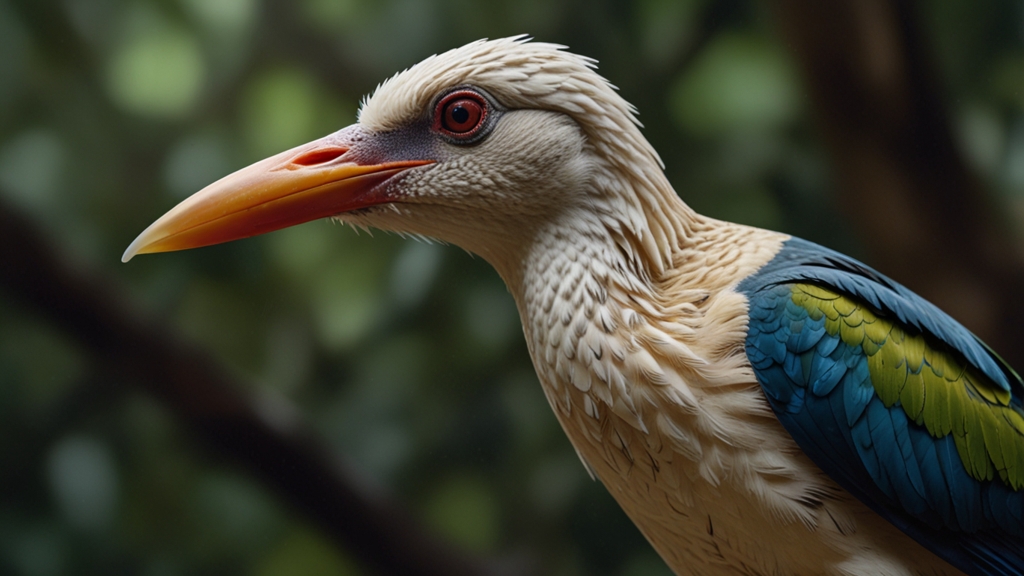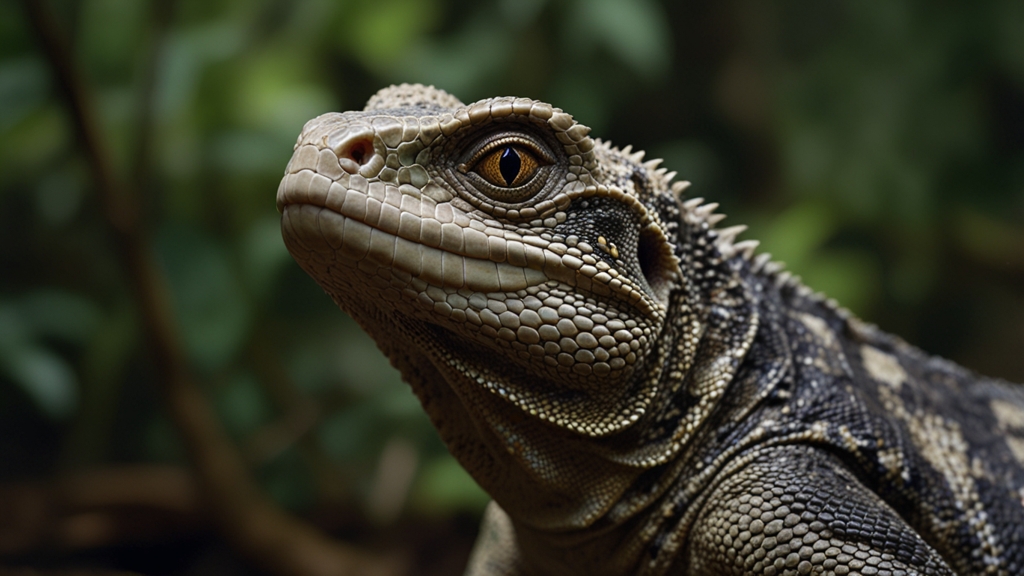Extraordinary Avian Adaptations: Nature's Survival Experts
Birds, graceful denizens of the sky, have long fascinated humans with their remarkable abilities and breathtaking diversity. From hummingbirds zipping across gardens to majestic eagles soaring high above mountains, birds exhibit a wide array of extraordinary adaptations that allow them to thrive in nearly every ecosystem on Earth.
Feathers: A Multifunctional Marvel
Feathers are not just about beauty and flight. They serve multiple critical functions, including insulation, camouflage, and mating displays. The rich diversity in feather types—plumage patterns, colors, and structures—reflects the many roles they play in avian survival.
“Feathers, more than any other feature, give birds their unique place in the animal kingdom.” - Anonymous
Consider the peacock's tail, with its shimmering, iridescent feathers designed to attract potential mates. In stark contrast, the cryptic plumage of an Eastern Screech-Owl helps it blend seamlessly into its forest environment, providing essential camouflage against predators.
Flight: Mastery of the Skies
Flight is probably the most iconic adaptation of birds, allowing them access to niches unavailable to many other animals. This ability requires a suite of specialized features including lightweight, hollow bones; a unique respiratory system; and specially adapted muscles.
Albatrosses, for example, are famed for their long wingspans that facilitate dynamic soaring over oceans, while hummingbirds boast the extraordinary capability to hover in place, thanks to their rapid wing beats that can exceed 50 times per second.
Beaks: Tools of Survival
The diversity of beaks in the avian world is a testament to birds' evolutionary ingenuity. Each species' beak is adapted to its feeding habits, be it cracking seeds, sipping nectar, or hunting fish.
“A bird's beak is a literal tool, shaped over millennia to maximize efficiency in a specific ecological niche.” - Dr. Jane Ornithologist
Crossbills have specialized beaks that allow them to extract seeds from tightly closed cones, while flamingos use their peculiar, filter-feeding beak to sift through mud and capture small crustaceans. These adaptations are direct responses to environmental pressures and resource availability.
Migration: Journeys of Survival
Migration is another extraordinary adaptation exhibited by many bird species to exploit seasonal resources and optimal breeding conditions. The Arctic Tern's epic journey, traveling from polar breeding grounds to Antarctic feeding areas and back each year, covers more than 44,000 miles—one of the longest migrations in the animal kingdom.
Birds rely on an intricate combination of environmental cues, magnetic fields, and even celestial navigation to undertake these arduous journeys. The precision and endurance required for migration underscore the complexity of avian adaptations.
Sensory Overload: Enhanced Perception
Many birds possess acute visual and auditory senses, surpassing those of most other animals. Raptors like eagles have incredible eyesight that allows them to spot prey from great heights. Owls, with their specialized facial disks, can detect the slightest sounds, honing in on prey even in complete darkness.
Birds also exhibit a sophisticated range of vocalizations and songs, used for communication, mating, and territorial defense. These vocal capabilities are underpinned by a specialized avian vocal organ called the syrinx, which allows them to produce complex sounds often impossible for other animals.
Conclusion: Nature's Winged Wonders
Birds are truly nature’s survival experts, showcasing a myriad of adaptations that enable them to navigate the challenges of their environments. Their evolutionary innovations—from feathers to flight, specialized beaks to migration, and enhanced sensory perception—highlight the intricate, interwoven fabric of life on Earth. Observing these winged wonders reminds us of the complexity and beauty of the natural world, sparking curiosity and awe in scientists and nature enthusiasts alike.










